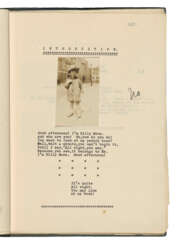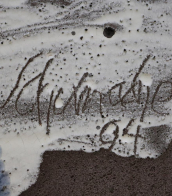children´s books
Aesop (Latin: Aisopos,) was a legendary philosopher and fable poet of ancient Hellas.
Researchers still argue whether it was a real person or behind this name is a collective image. According to Herodotus, Aesop was a slave and lived about 620-564 BC. The birthplace of the poet-fable writer is considered to be Phrygia, which is located on the peninsula of Asia Minor. Aesop was a slave of the Hellenic Iadamon, who lived on the island of Samos, who later granted the fable writer freedom.
The talented Greek was known not only for his fables, but also for his famous sayings and parables. Aesop's allegorical and moralizing fables are characterized by brevity and wisdom. In them he ridiculed all sorts of human vices - greed, cunning, greed, self-love and envy. The main characters of fables, as a rule, were animals, and the characters of the plot sometimes also acted as people and the gods of Olympus.
Aesop's original works have not survived. The most ancient "fables of Aesop" have reached us in later poetic revisions - (Latin) Phaedrus (I century), (Greek) Babrius (II century) and (Latin) Avianus (early V century). Aesop's work has left a significant trace in European culture, and his aphorisms have become well-known, remaining relevant today. And the hidden subtext of the work is called Aesopian language. Today's readers know these works in the arrangements of Jean de La Fontaine, Ivan Krylov, Gulak-Artemovsky and other fable writers.
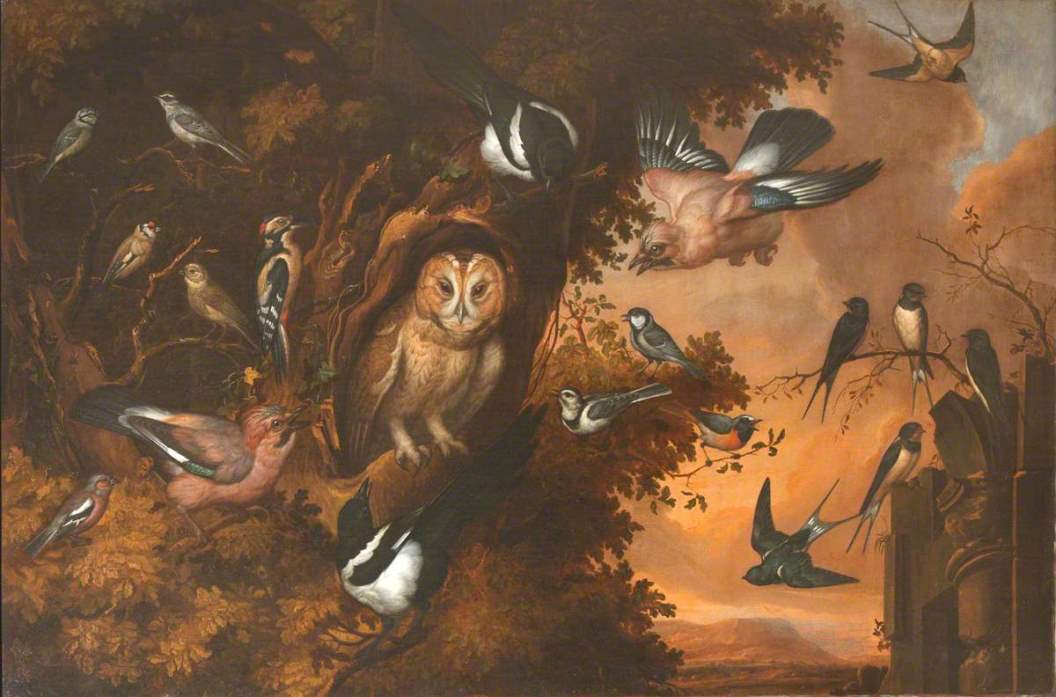


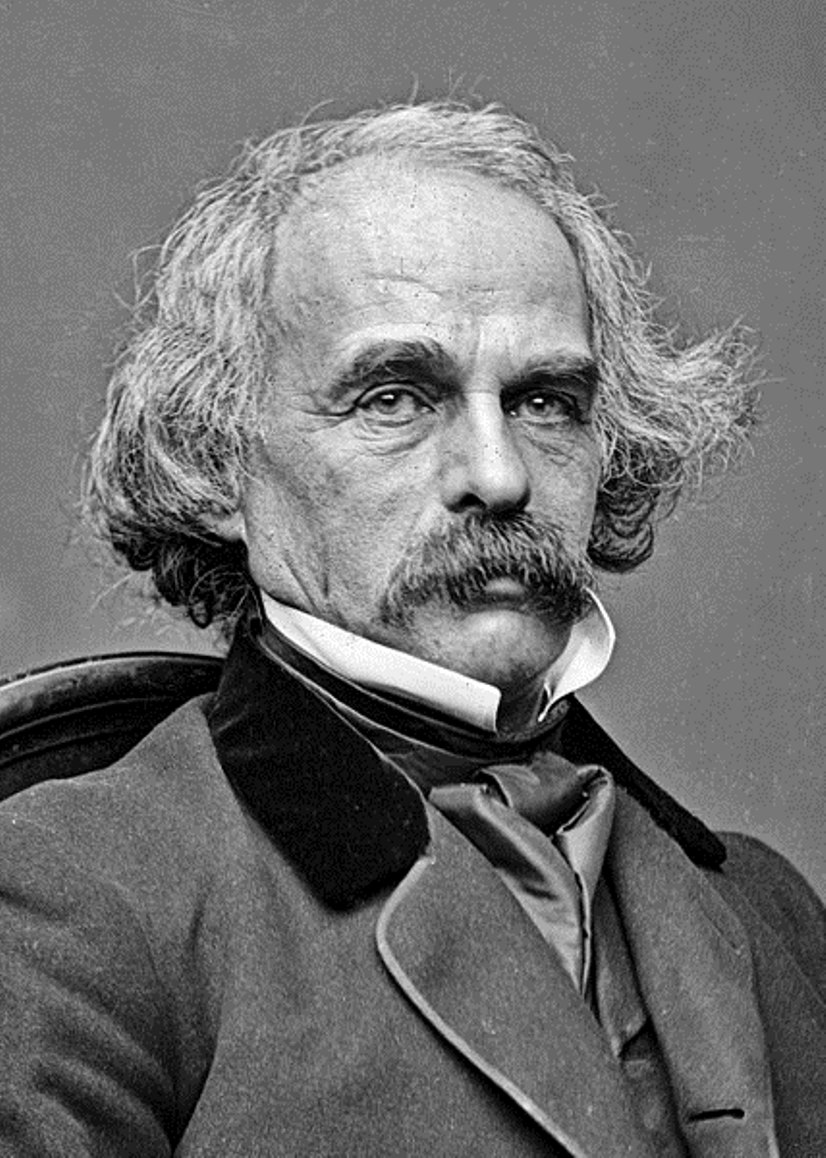
Nathaniel Hawthorne is an American writer and author.
Hawthorne is a recognized short story writer and a master of allegorical and symbolic narrative. One of the first fiction writers in American literature, he is best known for his works The Scarlet Letter (1850) and The House of Seven Gables (1851). Hawthorne's artistic works are considered part of the American Romantic movement and, in particular, of so-called dark Romanticism, a popular mid-19th-century fascination with the irrational, the demonic, and the grotesque.

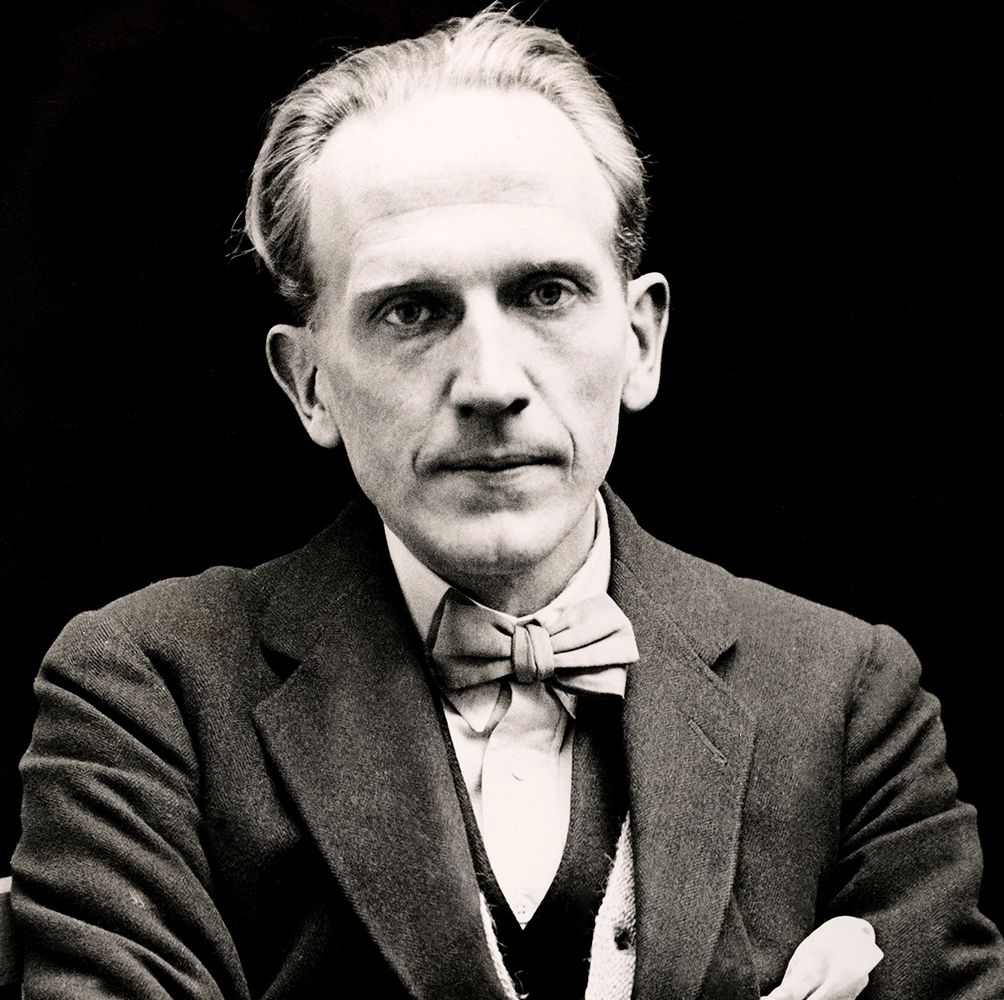
Alan Alexander Milne was a British journalist, playwright and children's author.
While studying at Trinity College, Cambridge, Milne began writing for Granta magazine, and in 1906 he joined the humor magazine Punch, where he wrote humorous poems and quirky essays until 1914. During World War I he served as a communications officer, and afterward, in 1920, Milne had a son, Christopher Robin, whose name soon became known to the world.
From 1921 Milne wrote several comedy plays and also began writing children's poetry and prose for his young son, having finally found his calling. Milne's major successes were his books Winnie the Pooh (1926) and The House on Pooh Corner (1928). These two volumes tell the adventures of a boy named Christopher Robin and his playmates - animals that were "born" from the toys of the real Christopher Robin. The central character is Winnie the Pooh Bear, accompanied by the fussy Rabbit, the sullen Donkey Ia, the bouncy tiger Tigger, the kind kangaroo Kanga and her baby Roo, the wise Owl and the timid Piglet. The adventures of Pooh and his friends in the forest of One Hundred Acres with illustrations by Ernest Shepard became bestsellers.
They were translated into different languages of the world and reprinted many times, filmed cartoons. In 1929 Milne adapted another children's classic, Kenneth Graham's The Wind in the Willows, for stage production as Toad of Toad Hall. Ten years later he wrote an autobiography, Now It's Too Late.

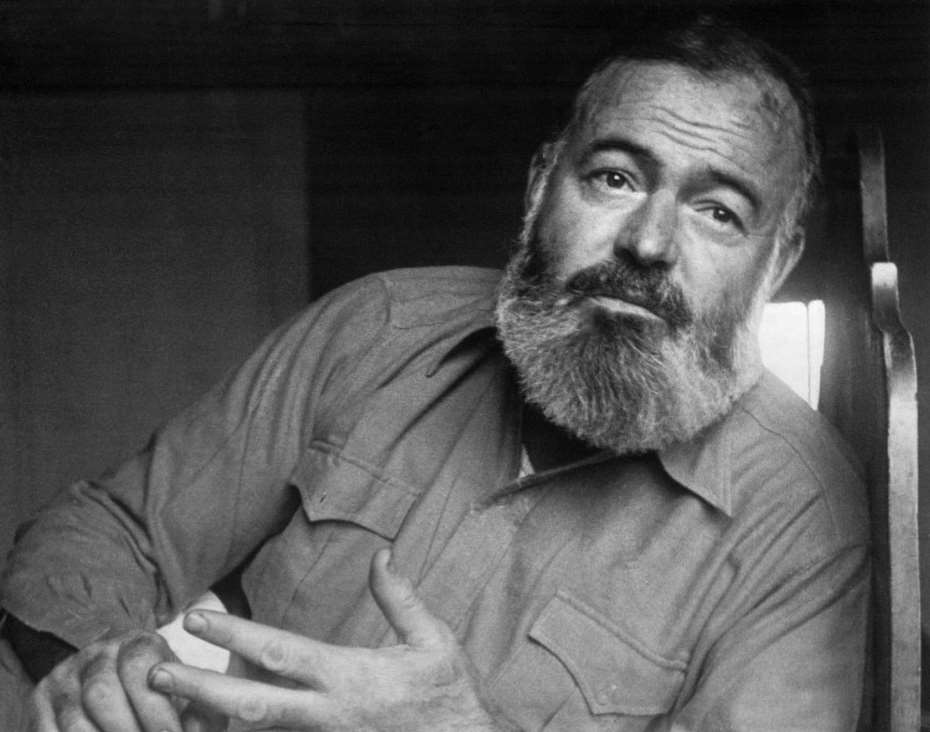

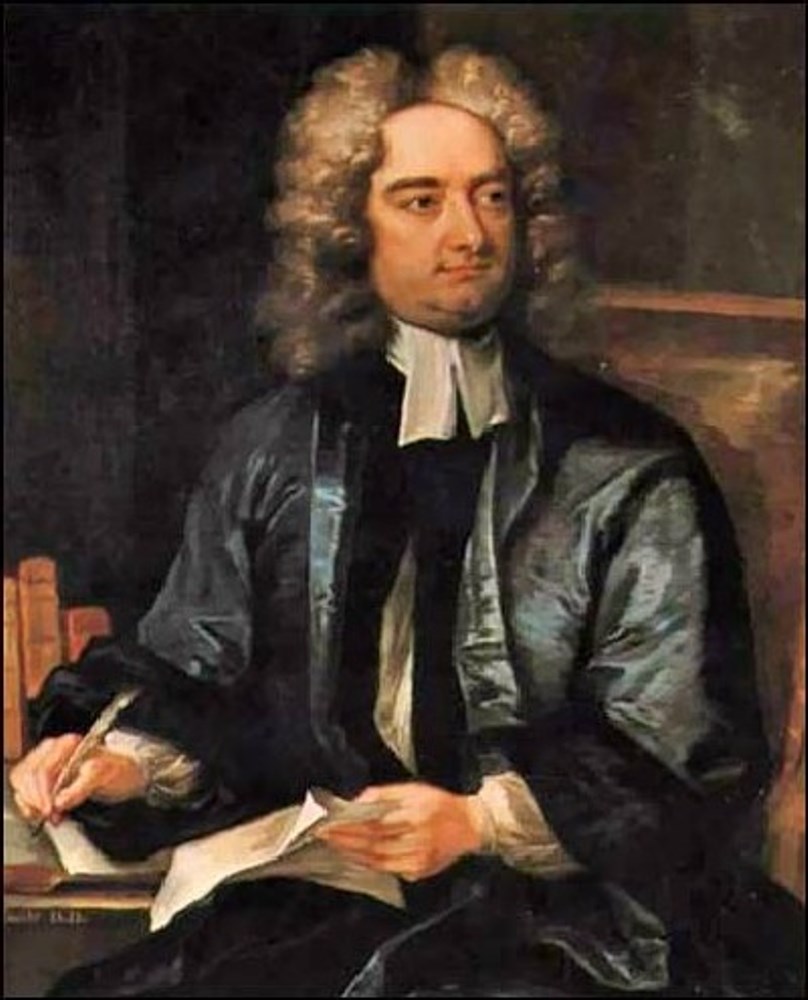
Jonathan Swift was a British-Irish writer, essayist, philosopher, and author of the world-famous satirical novel Gulliver's Travels.
Swift also wrote numerous works, including The Tale of the Barrel (1704), An Argument Against the Abolition of Christianity (1712), and A Modest Proposal (1729). Almost all of Swift's satirical works were published anonymously, giving the author wide latitude in expressing his talent as a satirist.
Swift was a clergyman, made a career in London, became the chief pamphleteer and political writer of the Tories and headed the Tory journal "The Inspector", and then returned to Ireland, where he created his major life's work.
The four-part novel Gulliver's Travels, Jonathan Swift's greatest satire, was first published in 1726 and has since been reprinted hundreds of times in many languages around the world. The author describes in an engaging style the different races and societies that Gulliver encounters on his travels to ridicule the many errors, follies, weaknesses and vices to which people and society at large are subject. The author's boundless imagination, bitter irony, keen intellect and brilliant language give this work a world-class scope.


Alan Alexander Milne was a British journalist, playwright and children's author.
While studying at Trinity College, Cambridge, Milne began writing for Granta magazine, and in 1906 he joined the humor magazine Punch, where he wrote humorous poems and quirky essays until 1914. During World War I he served as a communications officer, and afterward, in 1920, Milne had a son, Christopher Robin, whose name soon became known to the world.
From 1921 Milne wrote several comedy plays and also began writing children's poetry and prose for his young son, having finally found his calling. Milne's major successes were his books Winnie the Pooh (1926) and The House on Pooh Corner (1928). These two volumes tell the adventures of a boy named Christopher Robin and his playmates - animals that were "born" from the toys of the real Christopher Robin. The central character is Winnie the Pooh Bear, accompanied by the fussy Rabbit, the sullen Donkey Ia, the bouncy tiger Tigger, the kind kangaroo Kanga and her baby Roo, the wise Owl and the timid Piglet. The adventures of Pooh and his friends in the forest of One Hundred Acres with illustrations by Ernest Shepard became bestsellers.
They were translated into different languages of the world and reprinted many times, filmed cartoons. In 1929 Milne adapted another children's classic, Kenneth Graham's The Wind in the Willows, for stage production as Toad of Toad Hall. Ten years later he wrote an autobiography, Now It's Too Late.

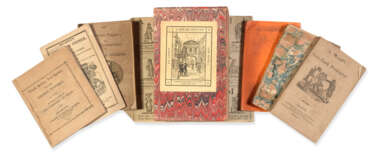


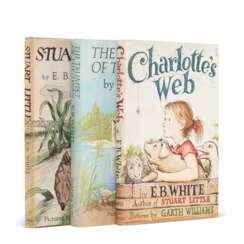


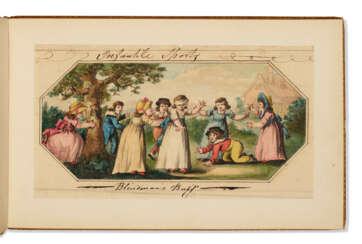


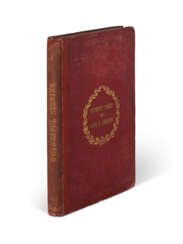






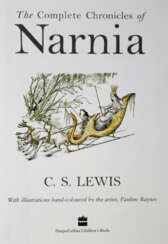




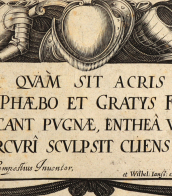



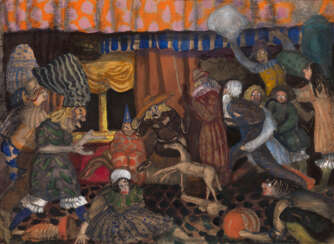







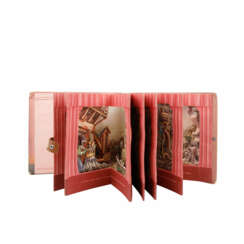

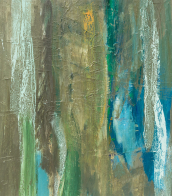
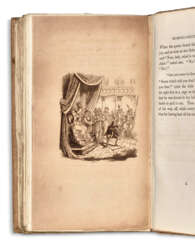

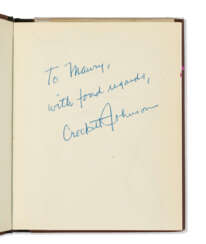



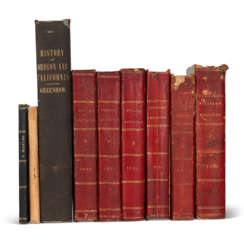

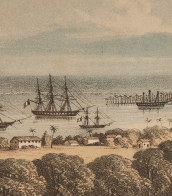
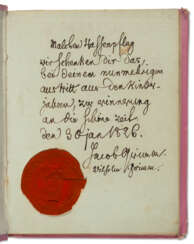

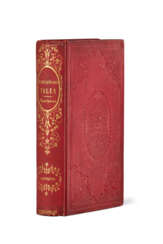

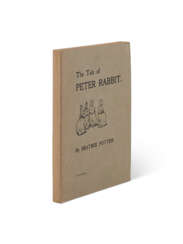






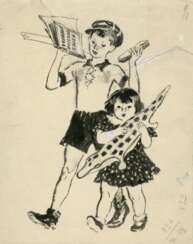

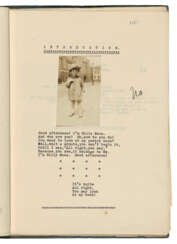

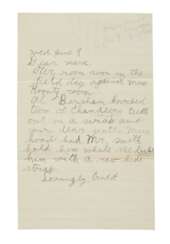

![[SWIFT, Jonathan (1667-1745)]](/assets/image/picture_4036002/75966/f541645a5e37516c264983481021589d1720562400jpg__fix_374_244.jpeg)
![[SWIFT, Jonathan (1667-1745)]](https://veryimportantlot.com/assets/image/picture_4036002/75966/f541645a5e37516c264983481021589d1720562400jpg__fix_374_244.jpeg)
